
Spinal deformities are common health problems encountered both in children and adults and can progress rapidly if neglected. However, with the advancement of technology, SpineCor treatment has been developed to facilitate daily life and provide correction in curvature.
The flexible and dynamic SpineCor brace creates a new lifestyle. It is prepared individually, taking into account the needs of the patient. It provides permanent improvements in patients with scoliosis and hyperkyphosis. In the rest of the article, you can find more detailed information about SpineCor treatment.
Table of Contents:
- What is SpineCor Treatment?
- What is the SpineCor Brace?
- What are the Advantages of SpineCor Braces?
- How is the SpineCor Brace Chosen?
- SpineCor Treatment in Children
- SpineCor Treatment in Adults
- Three Main Steps of SpineCor Treatment
- Frequently Asked Questions About Using the SpineCor Brace
- Conclusion
What is SpineCor Treatment?
SpineCor treatment is a new generation treatment method developed for scoliosis (a three-dimensional spinal deformity) and hyperkyphosis (hunchback) patients of all ages. Within the scope of this treatment, a spinal brace called the ‘SpineCor Brace‘ and exercises determined specifically for the individual are used. For patients with mild curvatures, only exercises may be sufficient.

Patients undergoing SpineCor treatment have their spinal curvatures classified by a special computer program called SAS-WEB. Following this classification, the brace is applied according to the needs of the patient. Regularly, the patient’s progress with exercise and the brace is monitored, and brace adjustments are made.
SpineCor treatment has undergone comprehensive scientific research and significant clinical tests. It has been used thousands of times worldwide for hyperkyphosis and scoliosis treatment, and its efficacy has been proven.

What is the SpineCor Brace?
The SpineCor scoliosis brace initially started out to support the improvement of idiopathic (unknown cause) spinal curvature seen in children aged 10 to 18. Over the last 20 years, it has evolved and transformed into a treatment method that helps patients of all age groups affected by scoliosis and hyperkyphosis.
SpineCor braces are prepared individually for each patient. The elastic corrective bands in the brace adjust the position of the spine and relieve the load. It does this by pulling, pushing, or rotating the torso. The purpose of the brace is to maintain and strengthen this corrective movement.
The SpineCor spinal braces mentioned above each consist of a bolero worn on the shoulder area, shorts worn on the hip part, and elastic bands connecting the two parts. At the first application, this system, which is almost 10 pieces, drops to 2 pieces after the application. After the first application, trials are made on the patient, and the patient and their family are taught in detail how to apply the brace and the care of the brace.
The SpineCor brace stands out among other orthopedic spinal braces made of hard plastic with its flexible and dynamic nature. The reason for the brace being described as dynamic is that it has a structure that can adapt to changes in the body. The brace does not limit the patient’s mobility in daily life. Thus, users can easily adapt.

What are the Advantages of SpineCor Braces?
SpineCor braces offer many advantages to users. Some of these advantages are:
- Easy Use: SpineCor braces have an easy-to-use design. Users do not need any help to wear or remove the brace.
- Being less visible: SpineCor braces are less visible compared to traditional braces. They can be worn hidden under clothes. This is especially important for children. Because traditional braces can reduce self-confidence and negatively affect social interaction.
- Comfort: SpineCor braces allow users to continue their daily activities. These braces are manufactured using a special material called Elastomeric Polyurethane (EPU) to provide comfort to the users.
- High success rate: SpineCor braces offer high success rates in the treatment of spinal problems such as scoliosis. The dynamic nature of these braces adjusts the user’s posture to correct spinal curvature and relieve the load on the spine. This can be seen as a retraining tool for posture and enhances the patient’s quality of life.
- Maintaining daily activities: SpineCor braces give users the freedom to continue their daily activities. These braces are designed in a manner that allows users to do sports, go to school, work, and even sleep.
- Long-term use: SpineCor braces are designed for long-term use. These braces help in correcting users’ spines throughout the treatment process, aiding them to resume the normal flow of their lives.
- Custom-made for users:SpineCor braces are custom-made to fit the user’s body and needs. This ensures that the brace is comfortable and effective.
- Non-surgical treatment: SpineCor braces are considered a non-surgical treatment option. The improvement provided by this brace reduces the risk of surgery for patients, making their treatment processes safer.
The above-mentioned advantages demonstrate that SpineCor braces are a better alternative compared to traditional braces.
| Features | SpineCor Brace | Traditional Brace |
|---|---|---|
| Usage | Easy | Difficult |
| Visibility | Less visible | More visible |
| Comfort | More comfortable | Less comfortable |
| Success Rate | High | Lower |
| Activities | Offers freedom to continue | Limited |
| Long-term Use | Suitable | Limited |
| Custom Production | Custom-made to fit the user’s body | Standard sizes |
| Treatment Method | A non-surgical treatment option | Requires surgery |
How is the SpineCor Brace Chosen?
The choice of SpineCor brace is a crucial step in the treatment of scoliosis and hyperkyphosis. Selecting the right brace is important for the success of the treatment process. Here are important factors to consider in the selection of a SpineCor brace:
- Degree of scoliosis: The selection of a SpineCor brace should be based on the degree of scoliosis. The degree of scoliosis is important in determining the type, size, and shape of the brace.
- Patient’s age and gender: SpineCor braces are custom-made for each patient, taking into consideration their age, height, weight, and gender. They are not available in standard sizes or models.
- Patient’s activities: The patient’s daily activities should be taken into account when selecting the brace.
- Treatment plan: The SpineCor brace should be suitable for the scoliosis patient’s treatment plan. The duration of brace usage is important for the success of the treatment process.
- Brace fit: It is important that the brace fits the patient’s body properly. Brace fit ensures that the brace is comfortable and effective.
- Doctor’s recommendations: The selection of the SpineCor brace should be done as recommended by a doctor or specialist. The doctor evaluates the patient’s condition and decides on the appropriate brace selection.
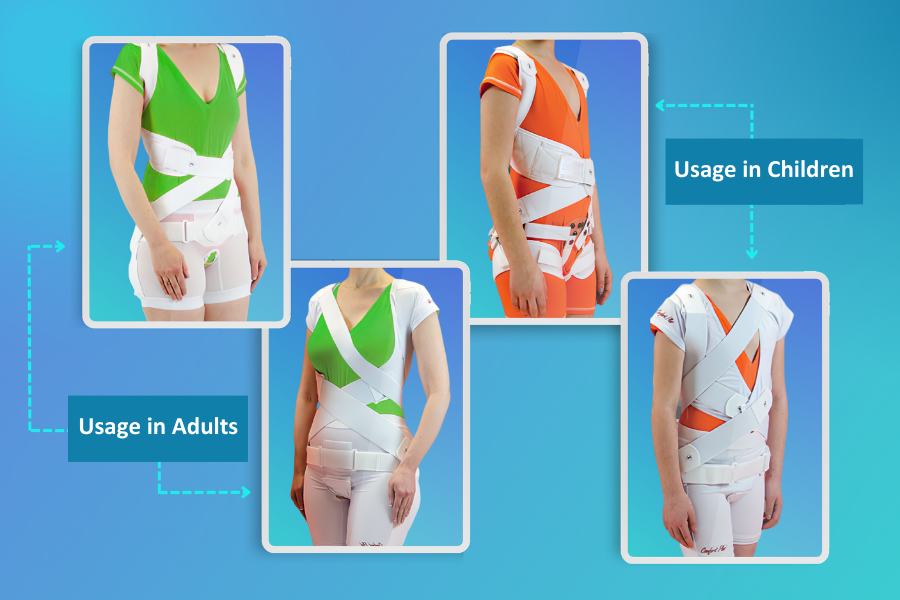
SpineCor Treatment in Children
Treating scoliosis and hyperkyphosis in children requires special care. This is because children continue to grow and develop while dealing with spinal deformities. At the same time, being able to engage in similar activities as their peers and move comfortably is important for their social and psychological development. Here is some important information about SpineCor treatment for children:
- SpineCor brace treatment is suitable for children aged 5 and older.
- It is preferred for curvatures between 20-50 degrees due to idiopathic scoliosis or some syndromes. When there is a high risk of progression, the brace can also be beneficial for curvatures of 15 degrees or more.
- Hyperkyphosis degrees above 60 can also receive this treatment.
- The SpineCor braces designed for children and adolescents are dynamic in structure. They are adjusted according to the child’s body development and growth.
- In children undergoing SpineCor treatment, the progression of scoliosis slows down or stops during growth. Reducing the size of the curve and achieving permanent improvements is also possible.
- It can be used discreetly under clothing. In this way, children can lead normal lives and adapt to treatment easily.
- SpineCor spinal braces eliminate the risk of muscle weakening caused by traditional rigid braces in children and adults.

SpineCor Treatment in Adults
It is important for adults to receive brace treatment that they can comfortably use in both their professional and private lives. Because this allows for long-term use and permanent recovery. Here is some important information about SpineCor treatment for adults:
- SpineCor treatment is suitable for adults of all ages.
- It is preferred for curvatures of 20 degrees or more due to idiopathic and degenerative scoliosis.
- It can also be used for adults with hyperkyphosis above 60 degrees.
- It prevents the progression of scoliosis and hyperkyphosis and provides relief from pain.
- Unlike traditional spinal braces, it does not lead to a decrease in muscle strength and volume.
- Due to its flexible structure, it does not limit mobility. Daily activities and even sports can be continued with the SpineCor orthopedic brace.
- It can be worn under clothes so that it is not visible from the outside. In this way, it can be adapted to business and private life routines. This allows the person to easily adapt to the brace and use it continuously.
- With regular use, it is possible to see permanent improvement in posture and spinal alignment.
Three Main Steps of SpineCor Treatment
Treatment with the SpineCor corset consists of 3 main steps. These are classification, corrective movement, and brace application steps.
First Step: Classification
In the first step, the spinal curvature is classified according to the SpineCor Scoliosis Classification. This process is performed by an advanced computer system called SAS-WEB. In classification, deformations in the spine and related postural irregularities are examined in three dimensions. It is then classified according to 27 different models that are defined.
Second Step: Corrective Movement
The second step, which is corrective movement, is the treatment principle applied with the SpineCor spinal brace. There is a specific corrective movement for each type of curve. The corrective movement applies forces such as pushing, pulling, and rotating to the spine using four corrective elastic bands.
These dynamic forces change the direction of the pressure that disrupts the posture of the spine. In this way, it reduces the abnormal load on the spine and improves body balance in the vertical posture.
Third Step: Brace Application
In the third step, the corrective movement created according to the classified curve is applied to the patient with the spinal brace. At this point, numbering is done. Thus, the patient can put on and take off the brace by paying attention to these numbers. Exercises, another part of SpineCor treatment, are determined and demonstrated according to the patient’s needs.

Frequently Asked Questions About Using the SpineCor Brace
You may want to know what to expect while undergoing SpineCor treatment. Questions such as how to use the brace, how to clean it, and what changes will occur in your daily life are frequently encountered.
What is the working principle of traditional braces?
Traditional braces made of rigid plastic still have a wide range of uses today. The working principle of these braces is based on applying pressure (pushing) from three points to provide static correction of spinal curvatures.
Traditional braces deprive the patient of proprioceptive input, which leads to muscle atrophy. This causes muscle atrophy.
All of these bring bad results in the long run. For patients with spinal deformities, a flexible and dynamic brace is needed to achieve more useful, effective, and permanent results. Patients with spinal deformities require a flexible and dynamic corset to obtain more beneficial, effective and permanent results.
What is the working principle of flexible and dynamic braces?
The design of dynamic braces resembles climbing harnesses. It has a structure that passes through the lower chest and shoulders and is attached to the pelvic base. Four hooked elastic bands adhere to this line. This activates the unique working mechanism of the brace.
The corrective movement created by elastic bands retrains the muscles and nervous system to the correct posture. This training results in the adaptation of the muscles and nervous system to the new and correct positioning, leading to the long-term correction of the curvature.
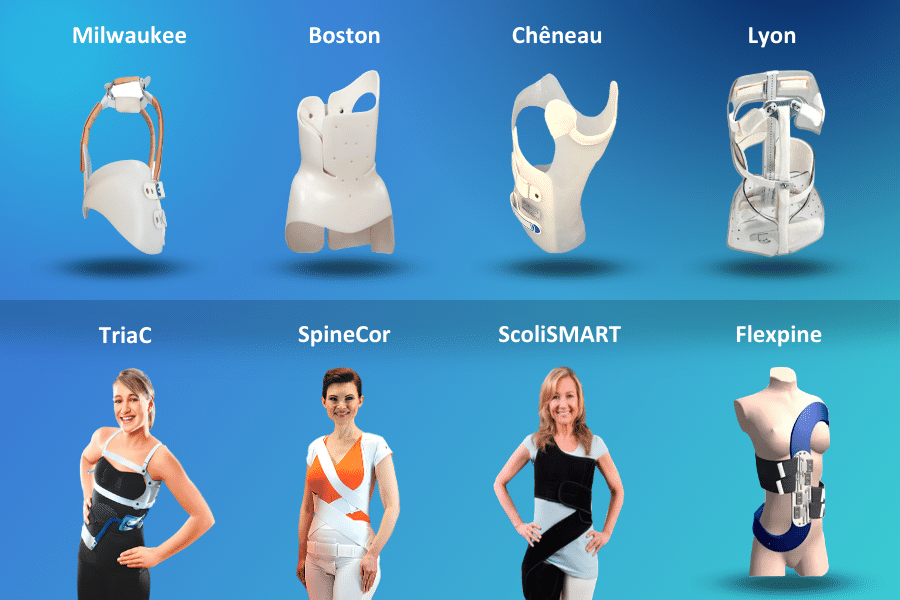
How many hours a day should the brace be worn?
The brace should be worn for a minimum of 20 hours a day for at least 18 months. The 4-hour break when the brace is removed should coincide with less active hours. Instead of taking a continuous 4-hour break, this period should be divided into two or more segments. The SpineCor brace and its components are ergonomic enough to be concealed under clothing, and it allows for the continuation of an active life, including sports activities. As a result, wearing the brace for 18 months is much easier for patients than initially thought.
What is the most effective age group for brace effectiveness?
The effectiveness of the brace is best observed in girls before their first menstruation and in boys during voice changes and trunk growth. In this age group, most often, spinal curves are observed to improve or stop. Furthermore, this improvement continues even after the brace is discontinued.
Can SpineCor braces be used by both women and men?
Yes, the SpineCor orthopedic brace is suitable for both women and men.
Is it necessary to remove the brace when using the toilet?
No. You do not need to remove your brace when using the toilet thanks to the opening in the groin area.
How should the SpineCor brace be cleaned?
You can wash your brace by placing it in a laundry bag and selecting the delicate program in the washing machine. You can also hang it to dry.
Does the SpineCor brace make my body uncomfortable?
At the beginning of the treatment, you may experience a mild discomfort, but as your body gets used to it, this sensation will diminish. It is quite easy to use throughout the day.
Is the SpineCor scoliosis brace removed while lying down?
No, you should sleep with a brace.
How long does SpineCor treatment take?
The treatment period is at least 18 months. The maximum length of time it should take varies depending on the patient’s age and treatment process.
Is the SpineCor corset worn externally?
SpineCor corset can be worn discreetly under clothing.
Is the SpineCor brace heavy?
No, the SpineCor corset is lightweight because it is not made of heavy materials.
Does the SpineCor brace cause injuries to the body?
The structure of the SpineCor brace is flexible. Therefore, it easily adapts to your body and movement.
Where can SpineCor brace be found?
Turan&Turan health center is the only center in Turkey where SpineCor corset is used for treatment purposes.
Conclusion
In SpineCor treatment, along with the use of a corset, the patient must perform scoliosis exercises tailored to his needs. One of the most effective exercise methods in the treatment of scoliosis is the Schroth method. The Schroth method is applied with positions and breathing techniques appropriate to the person’s spinal curvature.
It is important to follow the instructions of a doctor and physiotherapist both when performing exercises for the spine and when using the Schroth method. Because exercises done unconsciously may not work or even have a negative effect if they are not chosen according to the direction of the kyphosis and scoliosis curvature.
In advanced deformities where corsets and exercises are insufficient, surgical intervention may be required. Today, thanks to new and proven technologies such as robotic surgery, the risks of surgery and complications have decreased. Very successful results are observed even in the most delicate surgeries.
Scoliosis and hyperkyphosis are disorders that need to be treated and monitored as soon as they are noticed. Necessary tests and examination should be performed by an orthopedics and traumatology doctor and a diagnosis should be made. Then the patient; It is guided by the type, degree, age, weight and gender of the curvature.
You may be noticing that your child or yourself has problems such as scoliosis, poor posture, or hunchback, and you would like to access more detailed information on this subject. Turan&Turan is the first and only address that pioneered the introduction of SpineCor treatment to our country. You can contact us through social media accounts or the contact section.




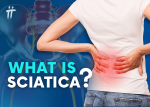
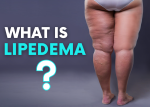

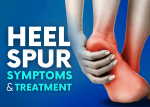
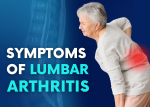
Leave a Comment